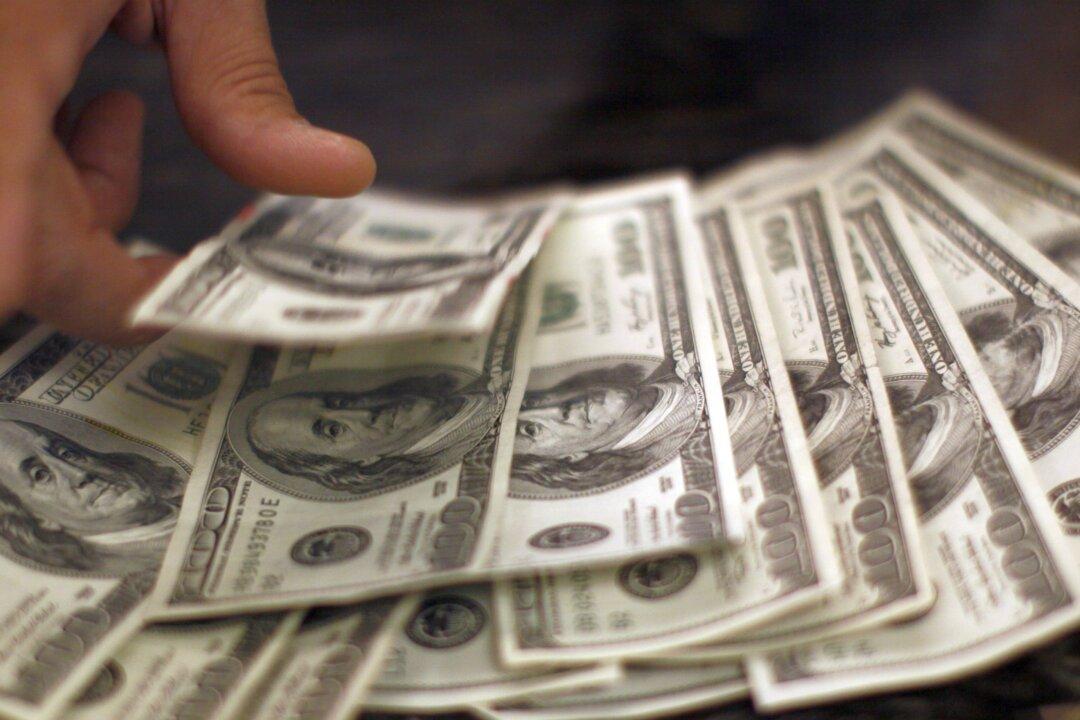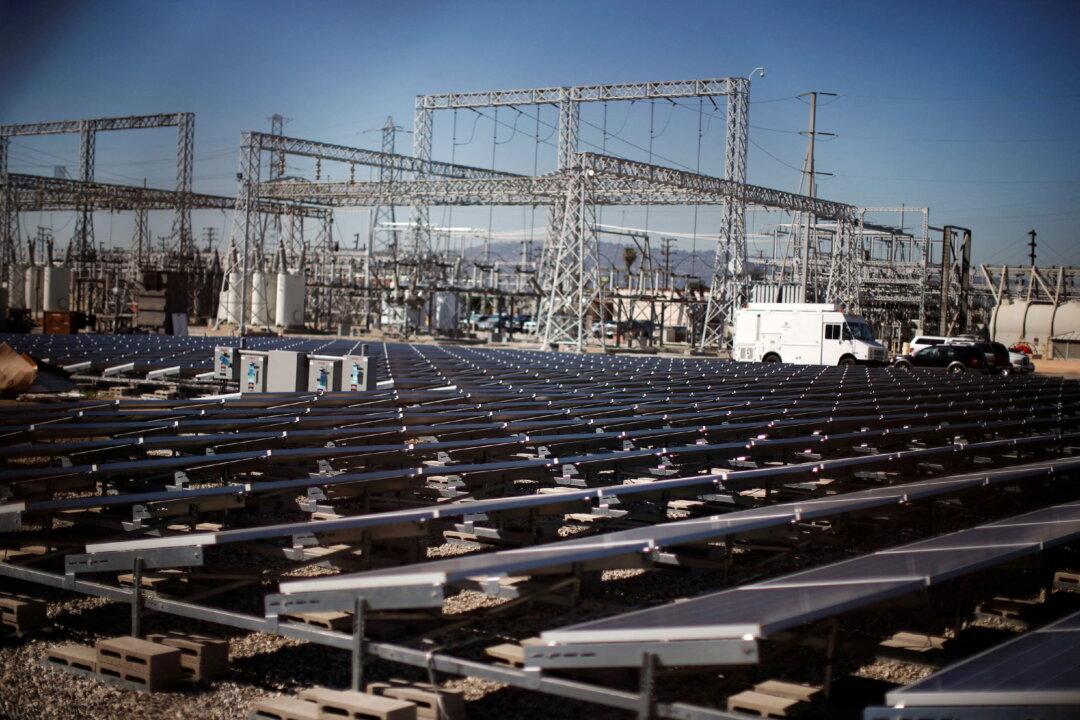Commentary
Like most Californians, any day now my bank account will be augmented by the tax relief the Legislature passed earlier this year. Gov. Gavin Newsom’s office enthused on Oct. 6, “Starting tomorrow, $9.5 billion in Middle Class Tax Refund payments will begin going out to Californians, with refunds of up to $1,050 that will benefit millions of eligible Californians under the largest such program in state history.”





